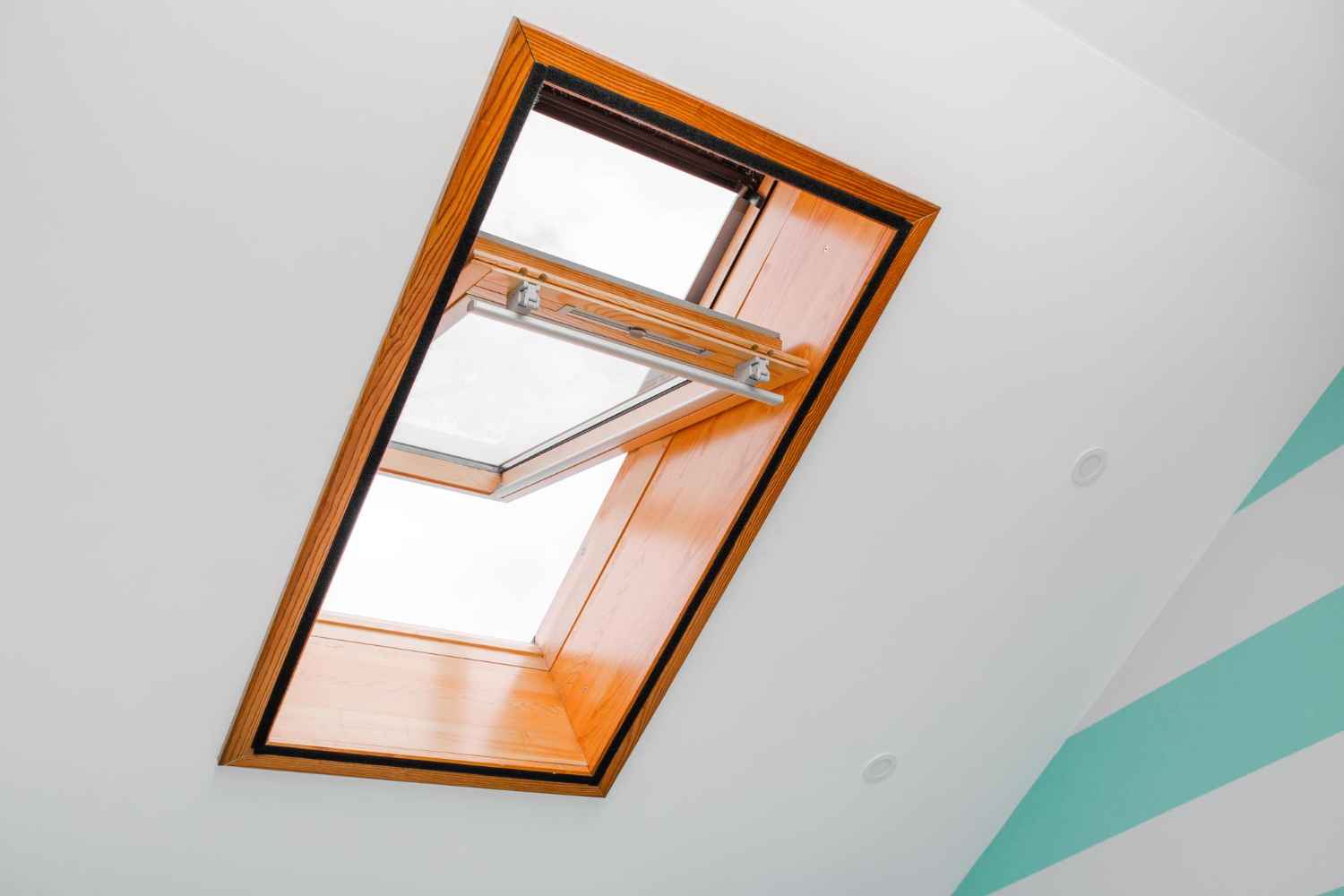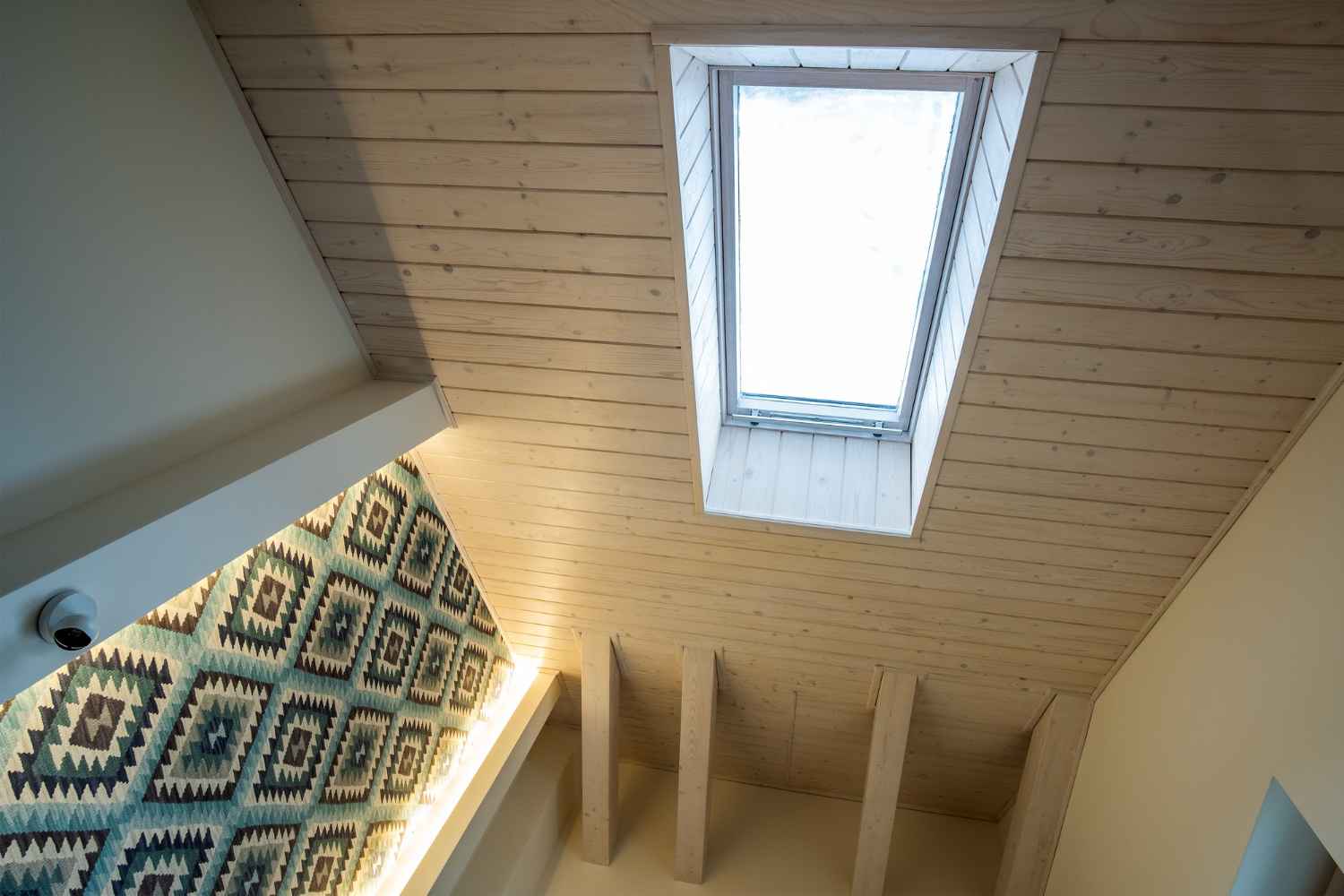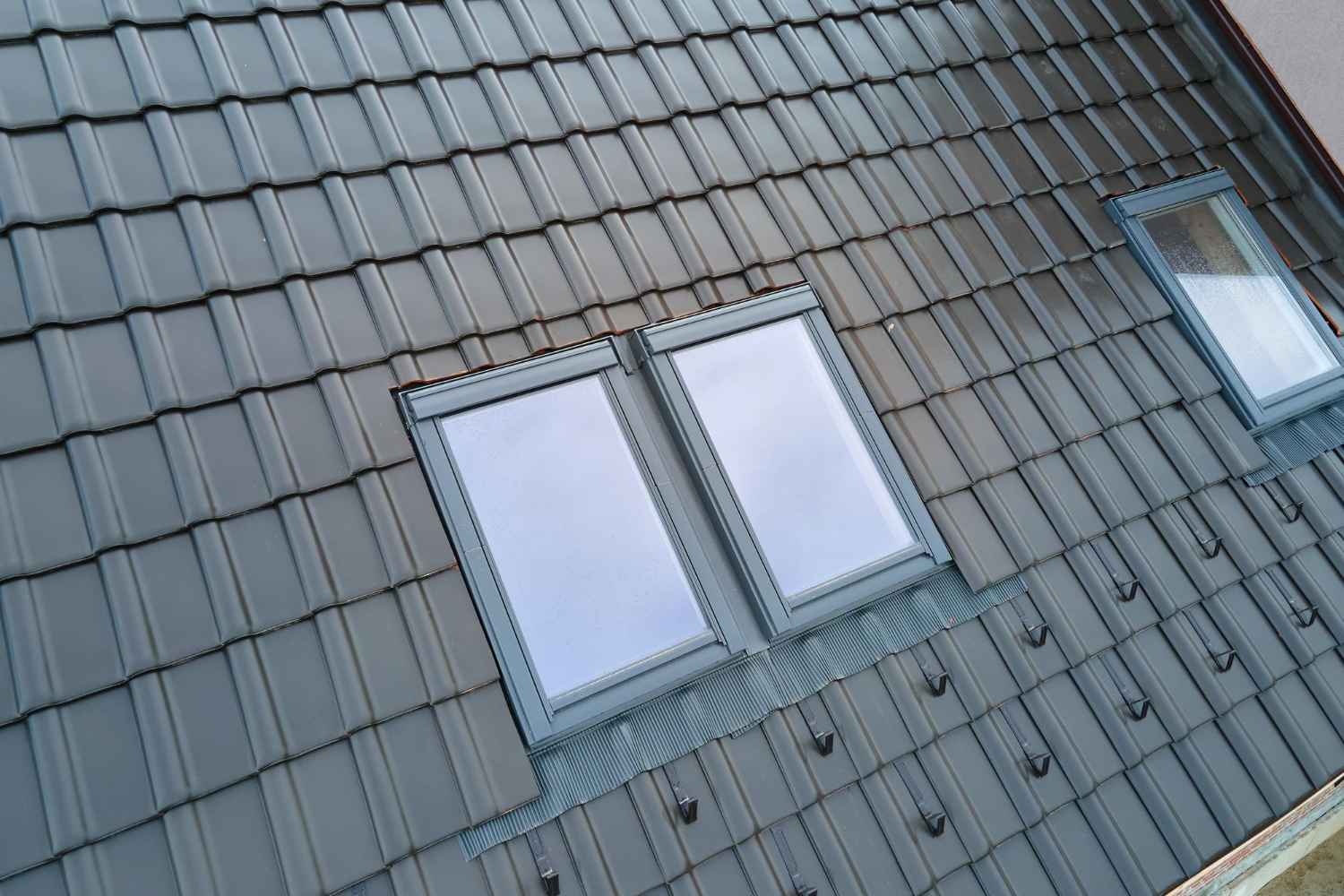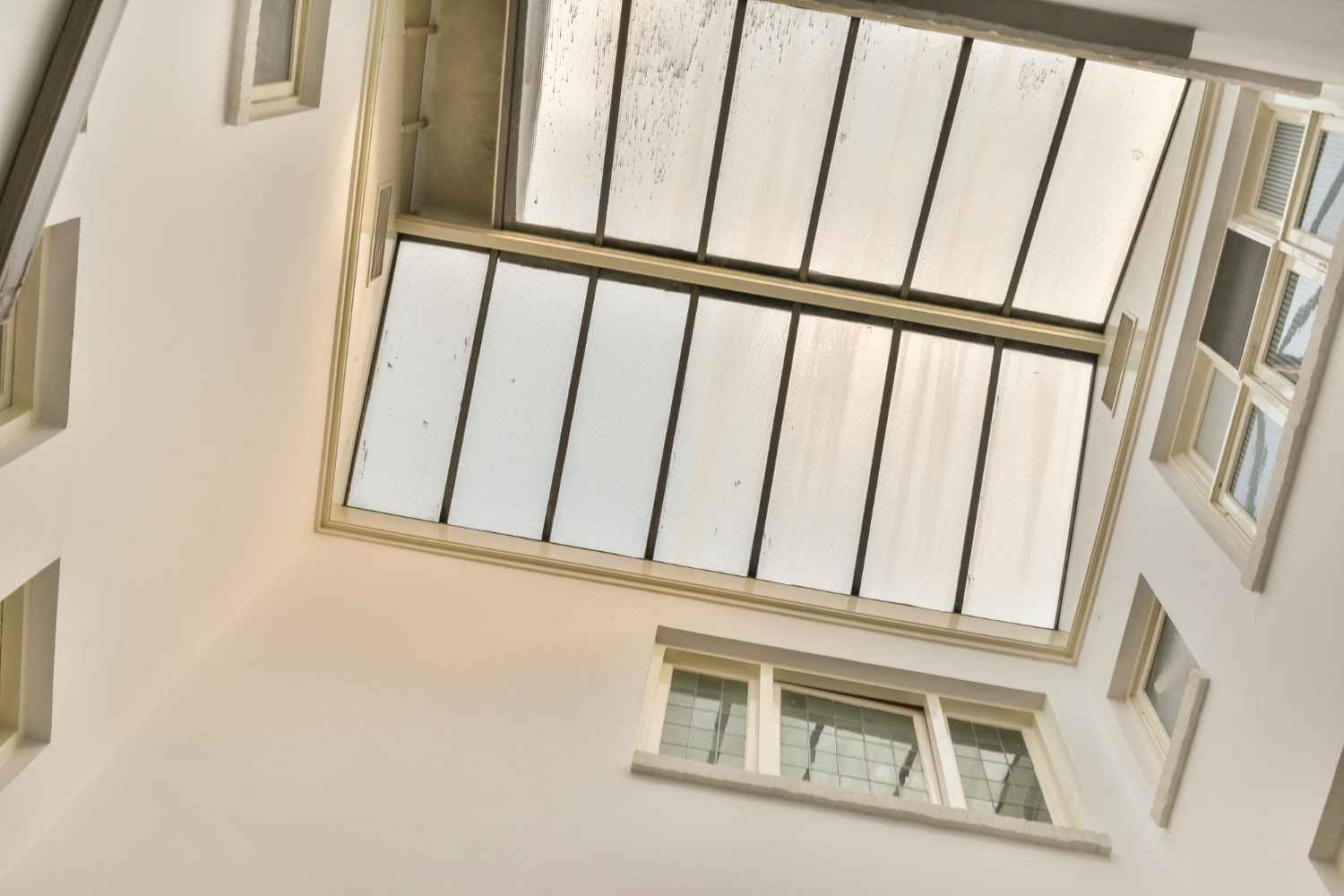Natural light is a crucial element in any home or commercial space. It enhances the ambience, reduces energy costs, and promotes a healthy living environment. Two popular methods of introducing natural light into a building are roof lights and skylights. While these terms are often used interchangeably, they have distinct differences in design, functionality, and usage. This article delves into what sets roof lights apart from skylights and provides insights to help you select the best option for your property.
What is a Roof Light?
A roof light is a glazed window installed on a flat or gently sloping roof. Its primary purpose is to allow natural light to flood into a room without compromising the roof’s structure. Roof lights are commonly used in extensions, lofts, and commercial buildings.
Key Features of Roof Lights:
- Placement: Roof lights are designed for flat or low-pitched roofs.
- Frameless Design: Many roof lights have sleek, frameless designs for a minimalist aesthetic.
- Fixed or Operable: Roof lights can be fixed or feature mechanisms for ventilation.
- Energy Efficiency: Often constructed with insulated glass to improve thermal performance.
Benefits of Roof Lights:
- Maximised Light: Roof lights allow light to pour in directly from above, illuminating spaces naturally.
- Customisable Sizes: Available in various dimensions, they can suit both small rooms and expansive spaces.
- Modern Aesthetic: Frameless designs offer a contemporary look that complements modern architecture.

What is a Skylight?
A skylight is a window integrated into a sloped roof to provide natural light. Unlike roof lights, skylights are specifically designed for pitched roofs. They are commonly used in homes to brighten loft conversions, kitchens, and other areas with limited wall space.
Key Features of Skylights:
- Angled Placement: Skylights are installed on sloped or pitched roofs.
- Ventilation Options: Many skylights can be opened for fresh air circulation.
- Material Choices: Typically made from durable materials like glass or polycarbonate.
Benefits of Skylights:
- Enhanced Ventilation: Operable skylights improve air circulation, reducing condensation.
- Variety of Styles: Skylights come in diverse shapes, such as domed, flat, or tubular.
- Panoramic Views: Angled installation offers stunning views of the sky, especially at night.
Comparing Roof Lights and Skylights
| Feature | Roof Light | Skylight |
| Roof Type | Flat or low-pitched roofs | Pitched or sloped roofs |
| Design | Frameless, minimalist | Framed with options for various styles |
| Ventilation | Often fixed, some offer ventilation | Usually operable for airflow |
| Placement | Horizontal or gently sloping surfaces | Angled surfaces |
| Aesthetic Appeal | Modern and contemporary | Traditional and versatile |
| Usage | Extensions, lofts, commercial spaces | Homes, loft conversions, kitchens |
Choosing Between a Roof Light and a Skylight
Deciding between a roof light and a skylight depends on several factors, including your roof type, functional requirements, and aesthetic preferences. Here are some points to consider:
Roof Type
- Flat Roof: Opt for a roof light, as it is specifically designed for horizontal surfaces.
- Pitched Roof: A skylight is better suited for angled roofs that align with the slope.
Purpose
- Natural Light: Both options excel at bringing natural light indoors.
- Ventilation: If air circulation is a priority, a skylight with operable features may be more suitable.
Aesthetic
- For a modern and sleek look, roof lights are ideal.
- For a classic or versatile style, skylights offer more variety in design.
Budget
While both options are cost-effective ways to improve your property, the final cost depends on size, material, and additional features like motorised openings or UV protection.
Installation Process
Roof Light Installation:
- A flat or low-pitched roof is assessed for structural suitability.
- The roof light frame is fitted into the roof opening.
- Sealing and waterproofing are completed to ensure no leaks.
Skylight Installation:
- The pitched roof is measured, and an opening is prepared.
- The skylight frame is installed and securely fixed.
- Flashing is applied to prevent water ingress.

Energy Efficiency
Both roof lights and skylights contribute to energy efficiency by reducing reliance on artificial lighting. Double or triple glazing, along with coatings to minimise heat loss, can enhance their thermal performance.
Maintenance Tips
To maximise the lifespan of roof lights and skylights:
- Regular Cleaning: Remove dirt, leaves, and debris to maintain clarity.
- Inspection: Check for cracks or leaks periodically.
- Professional Servicing: Have an expert inspect the installation annually.
Why Opt for Roof Lights or Skylights?
Both options are excellent for brightening interiors, reducing energy costs, and improving property value. Whether you choose a roof light or skylight, the result is a more inviting and functional space.
Conclusion
Understanding the differences between roof lights and skylights is crucial when planning renovations or new builds. Roof lights cater to flat-roofed spaces with modern aesthetics, while skylights suit pitched roofs and offer added ventilation options. By carefully evaluating your needs, roof type, and budget, you can select the perfect solution to enhance your property’s comfort and charm.


